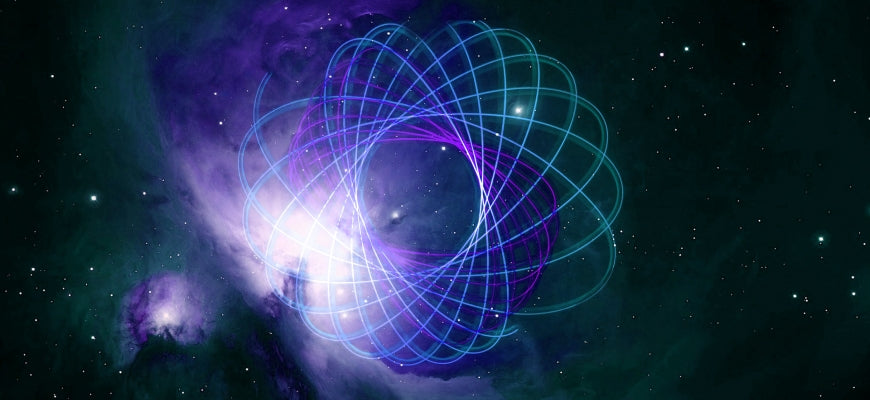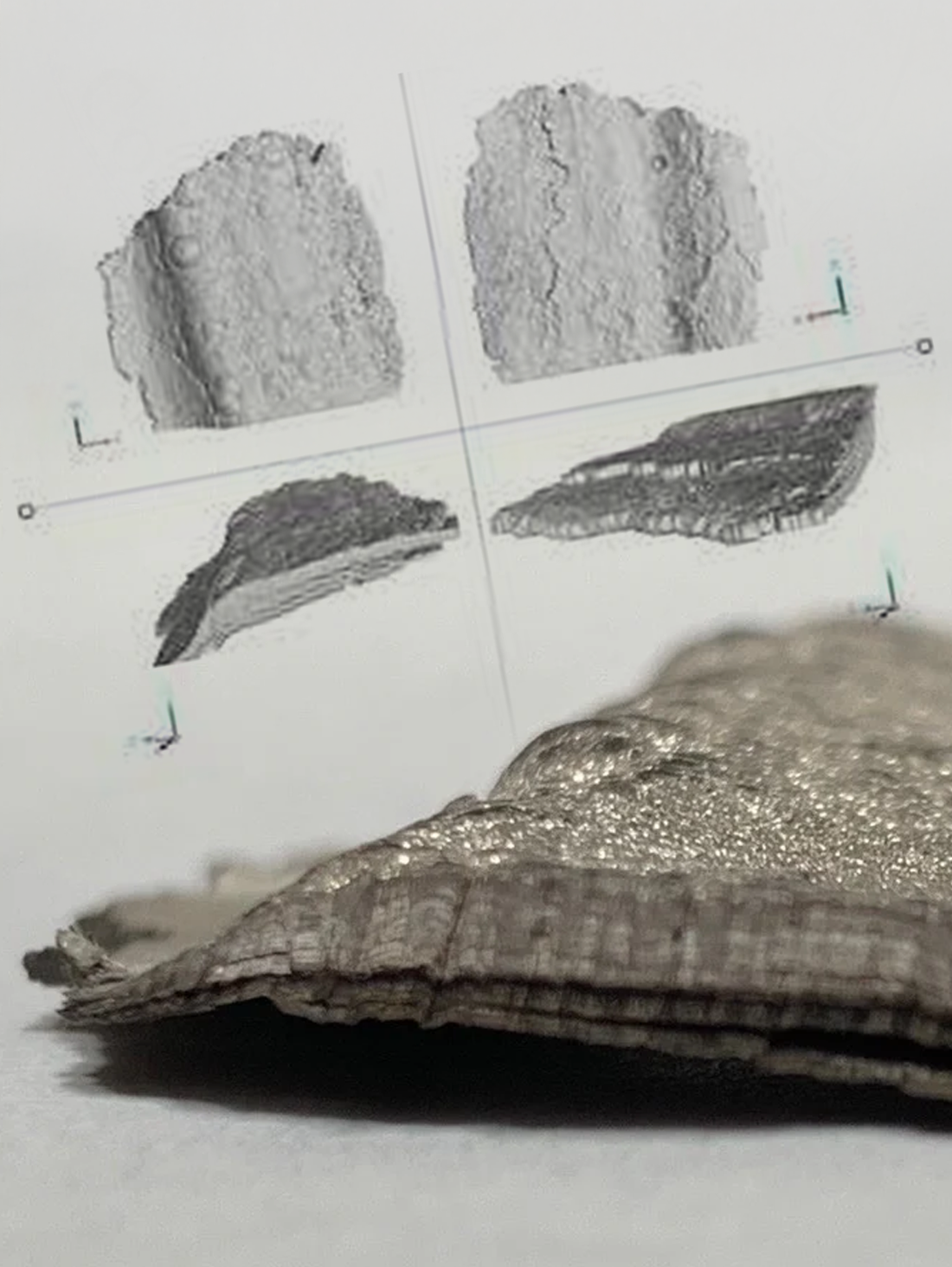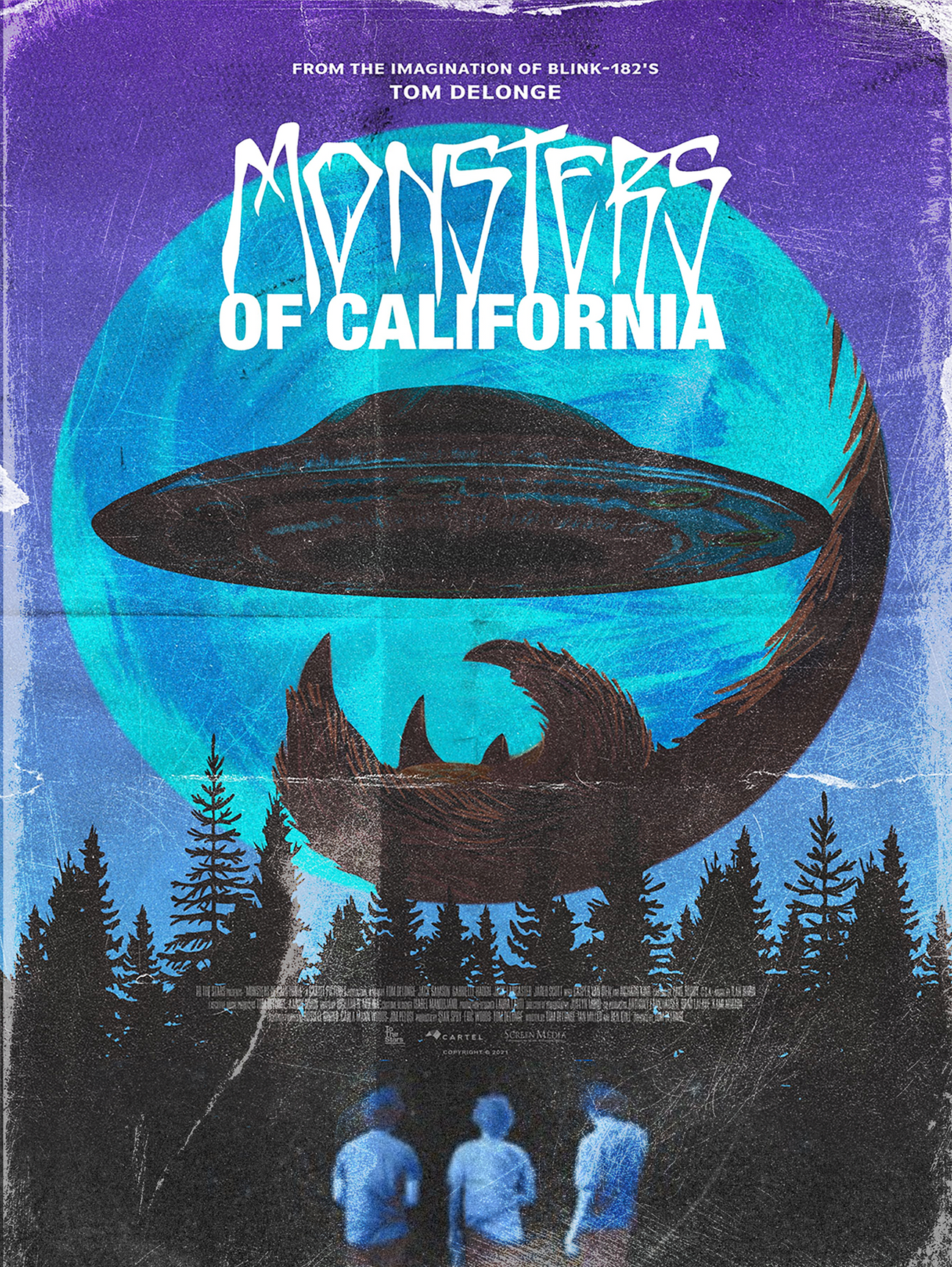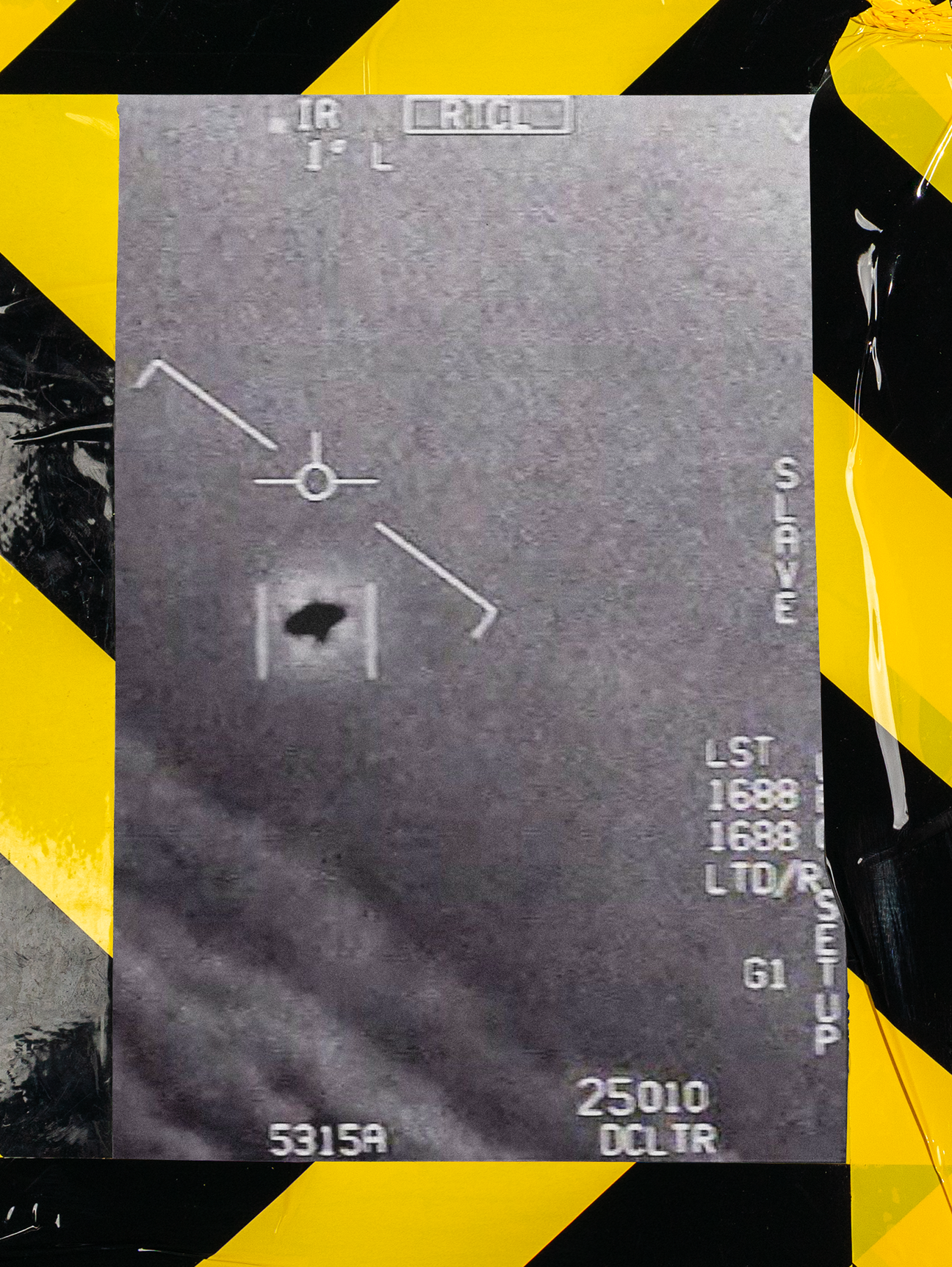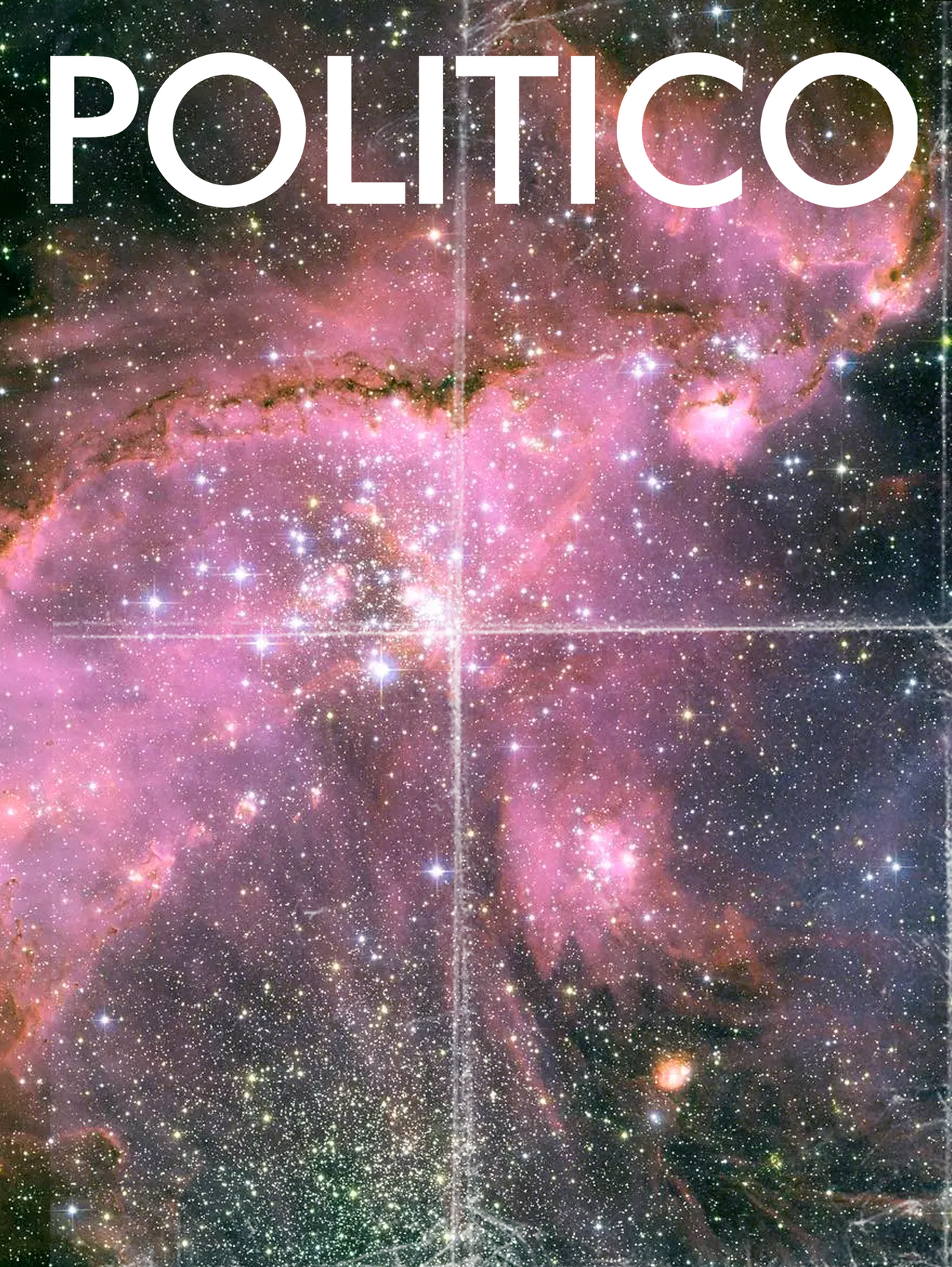
Luis Elizondo for Medium.
When you think about the word “paranormal,” what comes to mind?
Probably poltergeists, ghost hunters, or little gray aliens. Or perhaps you imagine movies like The Blair Witch Project or Ghostbusters. The idea of the paranormal has remained a constant focus of thriller and sci-fi movies, often taking the audience on a wild, but very speculative ride. Talking about the word paranormal in any context other than the entertainment industry usually results in raised brows and smirks.
But isn’t everything in science paranormal until we eventually perceive it as normal?
To answer that question, let’s look at the origins of the word “paranormal.” The prefix “para” simply means above, beside, or beyond. We use the word “parachute” to describe a life-saving device that deploys above your head to hopefully help you hit the ground with a thud and not a splat. Similarly, the word “paramedic” usually elicits the mental picture of a lifesaver or a first responder working above or beside you. In both cases, each word is used to describe something positive and beneficial.
In fact, the English language is full of words where the prefix “para” is used as an integral part of the word’s meaning.
So why is it that when the prefix “para” is used before the word “normal,” we automatically assume elements of fringe science, taboo topics, and witchcraft? After all, the meaning of the word paranormal is relative — what’s paranormal today may be considered commonplace tomorrow.
Allowing ourselves to make these types of assumptions about the paranormal at best limits our ability to conduct a serious study and at worst, completely paralyzes us with the fear of stigma and peer ridicule.
Here’s how to avoid those pitfalls and dig deeper:
What we think of as “paranormal” is often just a fact of nature.
When I was in college studying microbiology, I remember my professor telling the class the famous story of when Antoni van Leeuwenhoek first discovered protozoa.
As the story goes, he looked through a microscope and screamed, “Little beasties, little beasties!” and ran out of the room. For him and many during that time, the discovery of microorganisms was a paranormal moment. But these were living organisms, just below the threshold of our ability to observe and perceive. Today, we consider microorganisms a normal part of science, and in many cases, even beneficial. In fact, scientists discover as many as 20,000 new species per year.
A lot of what is now considered normal aspects of the observable universe were once considered paranormal.
For example, Ancient Mayans and Aztecs throughout Latin America viewed solar eclipses as paranormal, just as Halley’s Comet was considered paranormal for several centuries throughout Europe. When the concept of electricity was at its infancy during the last century, it was common to read headlines proclaiming “a true wonder of science,” “a modern marvel,” and “a miracle of physics!” Likewise, the introduction of the telegraph, wireless technology, and even antibiotics were all met with the same wonder and amazement and at the same time suspiciousness and caution.
Of course, now we realize all of these advancements were simply a natural development of science.
The truth of the matter is that “paranormal” really just refers to anything we don’t already have a solid scientific understanding of at the present time. Even today, to a remote Amazonian tribe, a simple photograph may still be suspected of having soul-stealing powers.
The U.S. has a long history of involving itself in things considered paranormal.
Historically, the U.S. has been a global powerhouse in part due to its embrace — albeit often reluctant — of the strange or bizarre.
During the early days of the Manhattan Project, many scientists and lawmakers cringed at the idea of spending tax dollars on tiny, invisible packages of matter called “atoms” that would one day be used to end the war. After all, if you can’t even see an atom, how do we know they even exist? During the 1960s and 1970s, U.S. and Soviet militaries invested millions of dollars into psychic research, psychotronics, and mind control experiments. Even today, the United States Air Force and the Defense Advanced Research Projects Agency (DARPA) is developing technology to allow pilots to fly aircraft with brainwaves.
Without expounding upon the merits of each here, suffice it to say, research into the “paranormal” has sometimes led to our better understanding of the natural universe in areas like quantum mechanics, electromagnetic energy, and human biology.
In the case of Unidentified Aerial Phenomena (UAP), the stigma of anything that might be considered paranormal has a chilling effect on our nation’s ability to address a potential national security risk. It also severely limits the advancement of human knowledge. Advancements in technology have led to credible, reliable evidence that UFOs exist — far beyond simple anecdotes of untrained observer reports in prior decades. Slowly but surely, the subject is moving from the outer edges of the paranormal categorization as highly trained observers come forward with analysis of advanced aerospace technology.
But even though the evidence overwhelmingly supports the legitimate study of these potentially highly combat capable phenomena, we choose to simply look in the opposite direction because the topic is too taboo. Assuming a paranormal area is not worth pursuing on the grounds of stigma is dangerous.
In this case, we need more information, not less.
It takes time to change our perception of the paranormal, but we have to start somewhere.
Complicating our ability to receive new information, today’s media is plagued with the “fake news” phenomenon.
Labeling media fake becomes a political weapon that can obscure truths and spread falsehoods. Information regarding UAP, in particular, tends to be associated with unhinged conspiracy theorists, and tabloid publications are quick to compound its negative reputation.
But if we take away misinformation, hoaxes, frauds, money-making schemes, egotism, and wishful thinking, there are certain truths that cannot be denied.
When it comes to UAP, it will likely take time to overcome the stigma and preconceived notions to get to the truth at heart.
We must be careful not to give in to our human nature to dismiss what’s “para” — that is, above, beside or beyond — our understanding, just because we don’t have an explanation for it at this very moment.
Most of Earth’s species are still awaiting discovery according to recent studies. And Mother Earth is but one of eight unremarkable planets revolving around our Sun, and our Sun is only one of an estimated 250 billion (250,000,000,000) stars in our Milky Way galaxy, and our galaxy is only one of an estimated 2 trillion (2,000,000,000,000) galaxies in the observable universe.
That is, there is a lot out there we don’t yet understand that may be “paranormal” today but quite “normal” tomorrow.
Check out other articles by Luis Elizondo on Medium.
